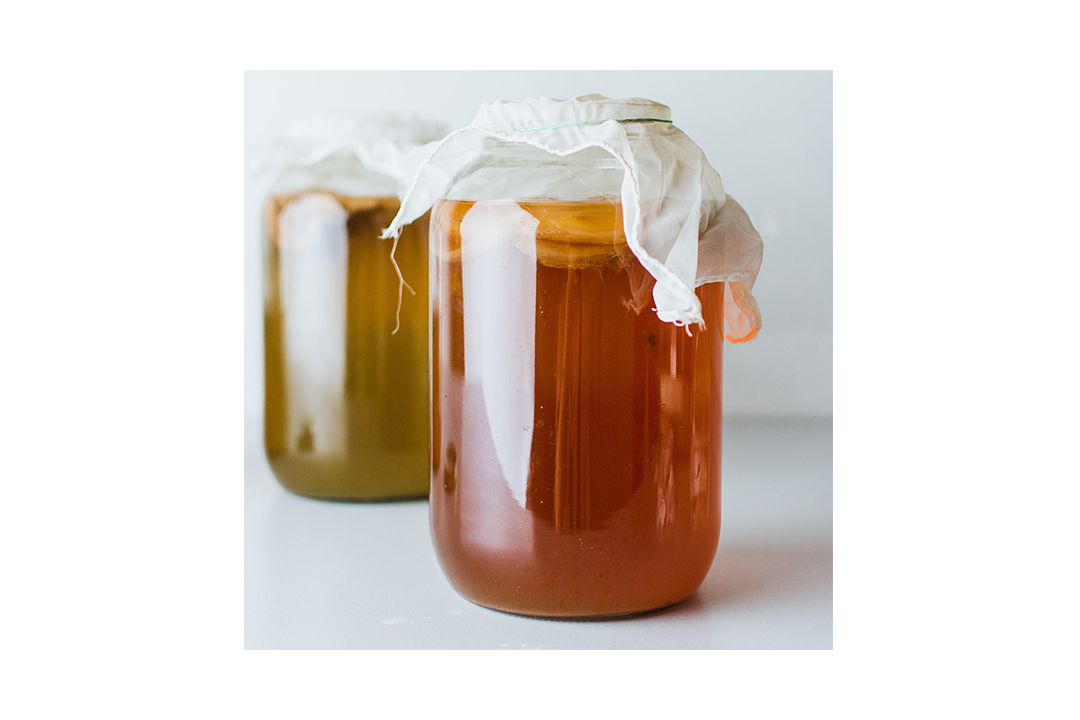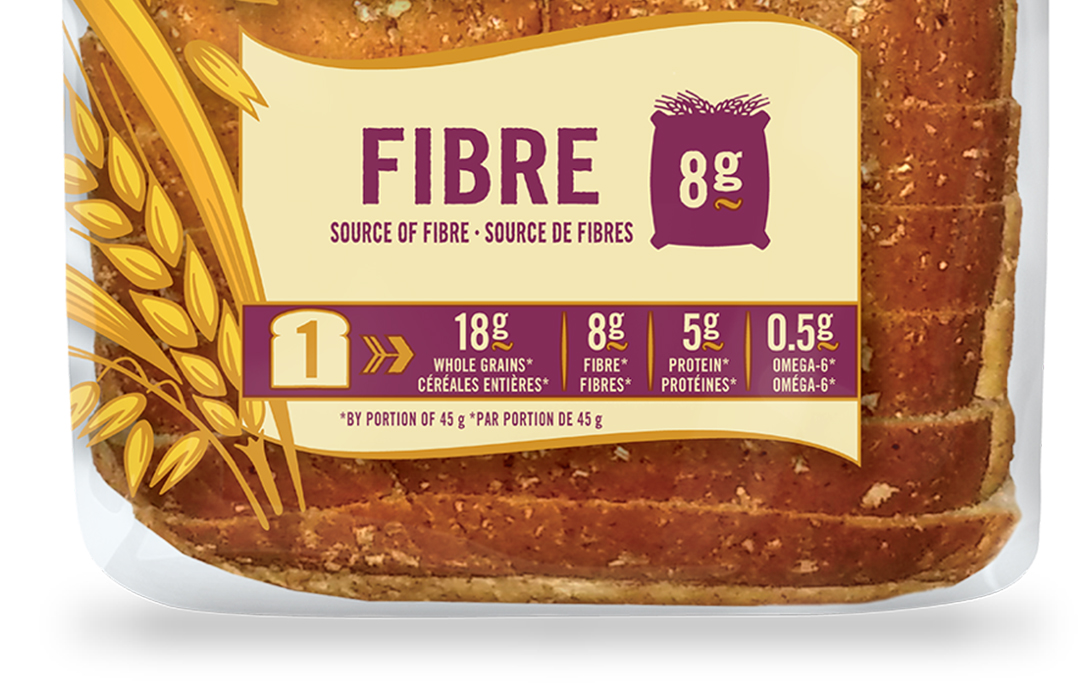Long-term trends should drive company strategy but how do you know whether the latest health fad is a flash in the pan or here to stay? The potential of prebiotic fibre hasn’t yet been fully realised by food manufacturers, but more and more scientific evidence is showing how beneficial it can be to our digestive health.
Food manufacturers keep a beady eye on consumers’ changing demands. Over the last decade there’s been a concentrated focus on foods which offer both flavour and health. But it can be risky business to develop a product in line with a health trend that isn’t going to be on-point in five years. Product strategy needs to be driven by long-term trends – by those rooted in a strong or emerging foundation of scientific research.

Digestive health trend on the rise
In terms of wellness trends, digestive health is really gathering pace. But this time it’s not one of those fads with no substance that will be here today, gone tomorrow. There’s an increasing amount of research to support the role of fibre, and particularly prebiotic fibre, in our digestive wellness. Most of the latest research in digestive health has focused on supporting the gut microbiota - a collection of bacteria, yeast and fungi in our gut. The gut microbiota has been suggested to play a role in both health and disease, and scientists are rushing to gain more knowledge in this exciting developing area. A key way of changing your gut microbiota to favour the ‘good’ bacteria is through your diet. While fermented foods and probiotics have been having their moment in the supermarket aisles, the effect of prebiotic fibre on the gut microbiota hasn’t yet been fully realised by industry.

The low-down on prebiotic fibre
So what actually is prebiotic fibre? And how is it different from regular ‘fibre’ that we see plastered on the side of packaging from brown bread to digestive yoghurts? In reality, fibre isn’t just one ‘thing’. There are different types of fibre within this umbrella term. Prebiotics are a grouping of plant fibre types that promote the growth of the beneficial bacteria found in your gut. Prebiotic-rich foods include artichokes, bananas, asparagus, oats and apples, but these types of fibre are also found in other fruit, vegetables, nuts, legumes and grains. Prebiotic fibre can't be digested by human cells and instead relies on certain species of bacteria in your gut to break them down to use them for fuel. It’s through this process that by-products are created which are suggested to be good for our health.

The gut microbiota
This is an exciting area of research that’s only really taken off in the last ten years or so. In science terms, that’s pretty recent. More and more evidence is coming out to show how looking after our population of gut bacteria can improve our health and reduce our risk of disease. Links have been made between gut health and brain function (with some calling the gut microbiota our second brain), and our immune system.

The future of digestive health
With an emerging foundation of scientific evidence to bolster health claims for functional prebiotic foods, we’re poised to see more prebiotic fibre-enriched food items hit the shelves over the next few years. Fibre intake as a population is worryingly low with most people in the UK not meeting the recommended daily amount of 30g. It’s been generally acknowledged between health experts that fibre is one of the most beneficial nutrients that people can add to their diet. So it looks like the future for prebiotic fibre-enriched foods is bright.







